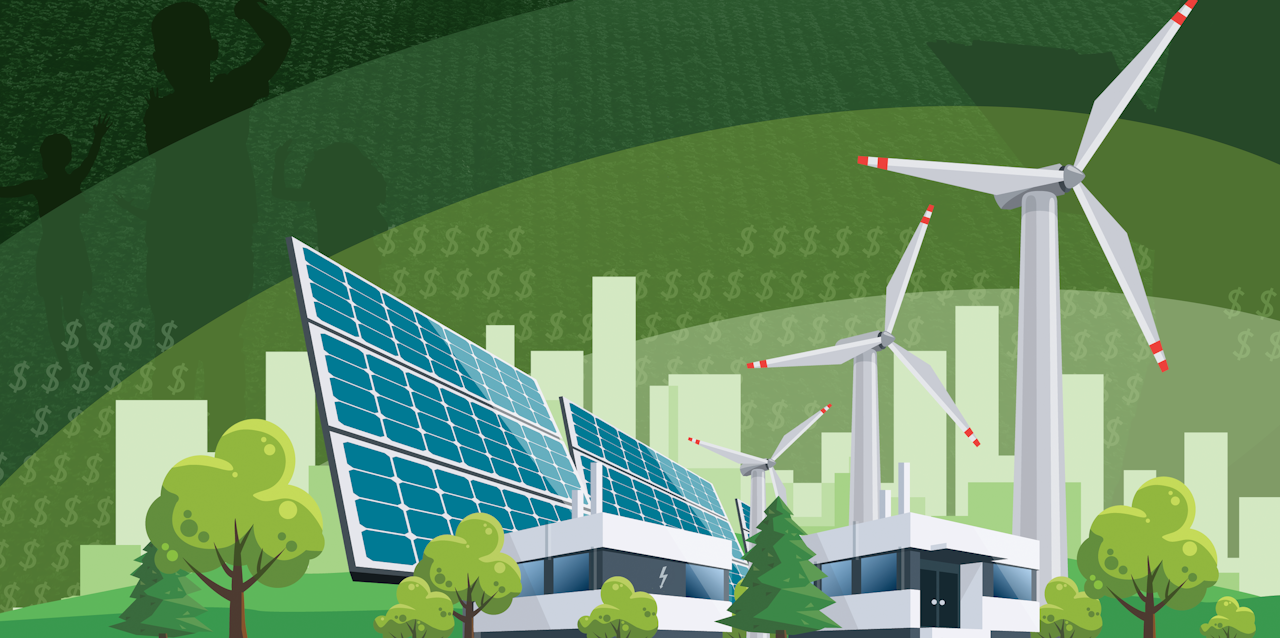Crafting a Greener Future: The Power of Sustainable Design in Architecture and Interior Projects
Introduction
In a world grappling with environmental concerns, the role of sustainable design has evolved from a mere trend to an ethical imperative. It’s not just about creating visually appealing spaces; it’s about building a harmonious coexistence between architecture, interior design, and the environment. At Pioneer Architects, we are not just designers; we are stewards of sustainable transformation. This comprehensive guide delves into the essence of sustainable design, from its fundamental principles to its profound impact on architecture and interior projects, culminating in a greener, more sustainable future.
Understanding Sustainable Design
Sustainable design transcends traditional aesthetics. It embodies a philosophy that seeks equilibrium between human aspirations and the health of the planet. At its core, it’s about making responsible choices – choices that reduce waste, conserve resources, and elevate human well-being. Our commitment to sustainable design goes beyond the superficial; it’s a conscious, holistic approach that permeates every facet of our projects.
Principles of Sustainable Design
- Energy Efficiency and Innovation: The heart of sustainable design beats with energy efficiency. Our approach involves embracing innovative technologies like solar panels, energy-efficient lighting, and smart building systems. Passive design strategies, such as optimizing building orientation for natural light and ventilation, exemplify our dedication to minimizing energy consumption.
- Material Selection and Lifecycle Analysis: Our palette is a canvas of sustainability. We meticulously select materials based on their environmental impact, embracing options like reclaimed wood, recycled metals, and low-VOC paints. Through rigorous lifecycle analysis, we ensure that the materials we choose align with our commitment to reduced environmental impact.
- Waste Reduction and Upcycling: A cornerstone of sustainable design is waste reduction. We adopt a ‘zero waste’ mindset, seeking creative ways to repurpose materials from demolition or construction. Salvaged materials find new life in our projects, telling stories of sustainability and renewal.
- Biophilic Design and Connection to Nature: The human spirit craves a connection with nature. Our designs strive to foster this connection through biophilic elements – natural light, indoor plants, living walls, and materials that evoke the great outdoors. These elements not only enhance aesthetics but also contribute to improved mental and physical well-being.
- Water Efficiency and Conservation: Water is a finite resource, and we treat it with reverence. Our designs incorporate water-efficient fixtures, greywater recycling systems, and drought-resistant landscaping. By optimizing water use, we play our part in addressing a critical global challenge.

Benefits of Sustainable Design
- Environmental Stewardship: Choosing sustainable design isn’t just a choice; it’s a responsibility. By reducing energy consumption, minimizing waste, and making eco-conscious decisions, we play a pivotal role in conserving the environment for future generations.
- Economic Viability: While the initial investment in sustainable design might seem higher, the long-term returns are undeniable. Energy-efficient buildings translate to reduced operational costs, making it a financially prudent decision for both homeowners and businesses.
- Enhanced Well-being and Occupant Health: Our designs prioritize the well-being of occupants. Abundant natural light, improved air quality, and spaces designed with human comfort in mind contribute to healthier and happier lifestyles.
- Marketability and Value: The real estate market is evolving, and sustainability is the new standard. Properties with sustainable features are not just environmentally friendly; they hold greater market appeal and can command higher values.
- Innovation and Inspiration: Sustainable design is a catalyst for innovation. It challenges us to explore new materials, technologies, and methodologies, pushing the boundaries of creativity and problem-solving in the realm of architecture and interior design.
Showcasing Sustainable Projects
- Project 1 – Green Oasis Residence: Step into the Green Oasis Residence, where sustainability meets sophistication. This transformational project showcases how a conventional suburban home can be turned into an eco-friendly haven. Solar panels harness the sun’s energy, rainwater harvesting systems nourish the landscape, and native plants flourish, creating a harmonious blend of comfort and conservation.
- Project 2 – Urban Renewal Loft: Explore the Urban Renewal Loft, a testament to the power of transformation. Once a forgotten industrial space, it now stands as a beacon of sustainable living. Salvaged materials that carry whispers of the past, energy-efficient lighting that paints the future, and an open layout that breathes life into every corner – this loft embodies the spirit of renewal.
- Project 3 – Eco-Conscious Office: Enter the Eco-Conscious Office, where work and well-being intersect. This project redefines the corporate environment, demonstrating how sustainability can be seamlessly integrated into the professional sphere. Smart sensors optimize energy usage, reclaimed wood tells a story of history and sustainability, and biophilic design elements invigorate the workspace.
Challenges and Opportunities in Sustainable Design
- Overcoming Resistance: While sustainable design has gained momentum, resistance still exists. Some perceive it as cost-prohibitive or aesthetically limiting. However, these challenges present opportunities for education and innovation, showcasing how sustainable design can be both economically viable and visually captivating.
- Material Innovation: The pursuit of sustainability drives material innovation. From bio-based materials that reduce carbon footprint to advancements in 3D printing for construction, the landscape of available materials is evolving, offering exciting avenues for sustainable creativity.
- Technology Integration: Technology and sustainability are intertwined. Smart building systems, energy monitoring platforms, and AI-driven design tools empower architects and designers to create spaces that maximize efficiency and minimize impact.
The Future of Sustainable Design
The trajectory of sustainable design is one of optimism and growth. As societal and environmental awareness deepens, the demand for sustainable spaces will only intensify. Architects, interior designers, and construction companies are poised to shape a future where every project is a testament to responsible stewardship.






